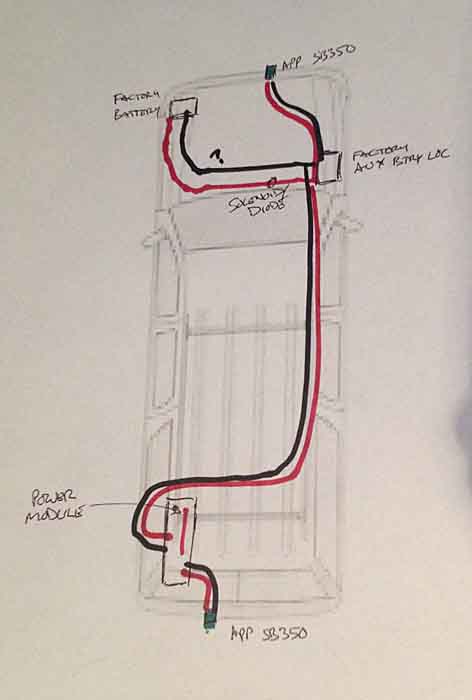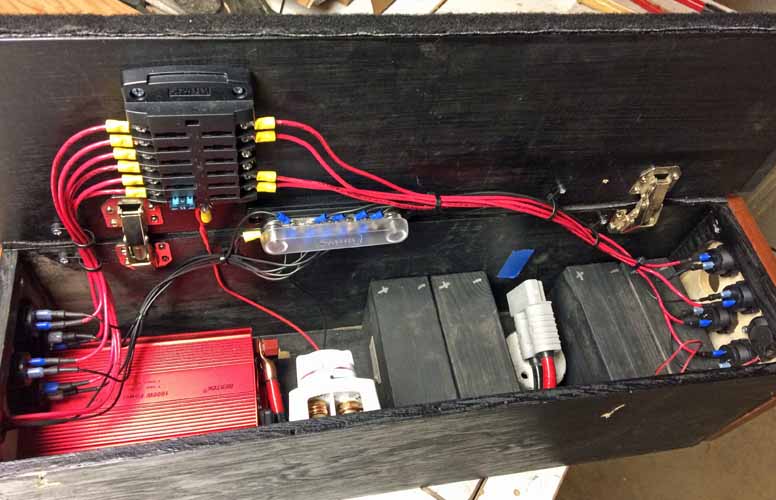I just got a nice winch with receiver cradle and front and rear wiring kits. The wiring kits are 2 gauge wire with Anderson 175? Amp Connectors. I still don't have truck to camper charge capability (I can get 2-3 days off grid with 2 six v 224 ah AGM s) and currently rely on just shore power at home. The plan is to install 200 watts of solar.
I was going to install the winch power in a normal manner, with front and rear connectors wired right to the truck battery, but got to thinking that I could use the wire and connectors to provide truck to camper charge capability ( thru a Blue Sea isolator) and then run the winch off the campers AGMs
Any reason not to do this?
Thanks
Keith
Sent from my iPad using Tapatalk Pro
I was going to install the winch power in a normal manner, with front and rear connectors wired right to the truck battery, but got to thinking that I could use the wire and connectors to provide truck to camper charge capability ( thru a Blue Sea isolator) and then run the winch off the campers AGMs
Any reason not to do this?
Thanks
Keith
Sent from my iPad using Tapatalk Pro




